Whether it’s on the football field or the basketball court, athletic trainer Dani Brodberg patches up all of FHC’s athletes
The worst injury athletic trainer Dani Brodberg ever had to deal with was nowhere close to a sport-related injury: some kid got his hand stuck in a gate.
It also was somehow one of the weirder injuries she’s seen throughout her four years at FHC.
“I think the most gruesome injury that I’ve ever had wasn’t even an athletic injury,” Dani said. “A kid was trying to shut a gate and he got his finger stuck in it and the bone popped out from underneath his fingernail, but he was so calm.”
Since Dani typically deals with sprains and tears, a finger getting caught in a fence was a bit odd for her.
“He was just so calm about it,” Dani said.
And while the finger-in-the-fence incident was the most gruesome for Dani to handle, the most heartbreaking injuries are the ones that end a student’s season.
“The most awful [feeling] is seeing a traumatic injury, like an ACL tear, where the kid knows that their season is over with,” Dani said. “I still have to remain unbiased and informative and calm. It kind of sucks, especially when you know [that] they know their season is over. That’s hard.”
Season-ending injuries are the hardest to deal with, but most of the time Dani works with more minor injuries.
“Most commonly, I deal with sprains and strains,” Dani said. “I see a lot of patellar tendinitis, especially with kids in this age group of growing. [Also things like] patellar tendon issues.”
On top of taping up sprained ankles and helping kids with pulled muscles, Dani also does administrative work behind the scenes. Things like filling out paperwork, calling parents, and answering emails are daily tasks for Dani in the athletic trainer’s office.
“I would typically say my hours are 1:30 to 9:30,” Dani said. “I come in, get some emails done, make some parent phone calls, try to get as much admin work [done] as I can. Then [I] set up for the day, whether it’s waters [or] whatnot. By the time school gets out, I see a couple of kids, do a couple of evaluations, [and] treatments. Kids come in before practice to get treatments and [then] it’s just one practice after another.”
Depending on the season, the amount of office hours she works tends to fluctuate in close proximity to the amount of sports that are being played.
“In the winter, when it’s slower, I would say it’s a lot more admin work,” Dani said. “[But, my favorite is] spring; I played lacrosse in high school and college and that’s probably my favorite sport, so I really enjoy watching it. I like the business of [the] spring season.”
But even back during her high school lacrosse seasons, Dani knew she wanted to do something in the medical field; athletic training combined both of those interests for her.
“I discovered that there was athletic training and a whole four-year program for it,” Dani said. “I went to Aquinas [College] and I did a four-year degree, took my boards, and got certified.”
The most awful [feeling] is seeing a traumatic injury, like an ACL tear, where the kid knows that their season’s over with,
After graduating and getting certified, the original plan for Dani was to attend grad school—she decided grad school wasn’t the right move.
“By the end of my four years,” Dani said, “I was so burnt out that I was like, ‘you know what? I don’t think grad school is for me right now.’ And then I started applying and ended up here.”
Even though ending up at FHC wasn’t always how Dani envisioned her life, she wouldn’t trade the connections she’s made with the athletes here for anything.
“My favorite part is the interaction I get to have with the athletes and watching them grow up over for years,” Dani said. “[They go from] loud and obnoxious freshman [into] a grown person by the end of their four years.”

Emma is a senior and is starting her third and final year writing for The Central Trend. She spends most of her free time in the passenger seat of a...














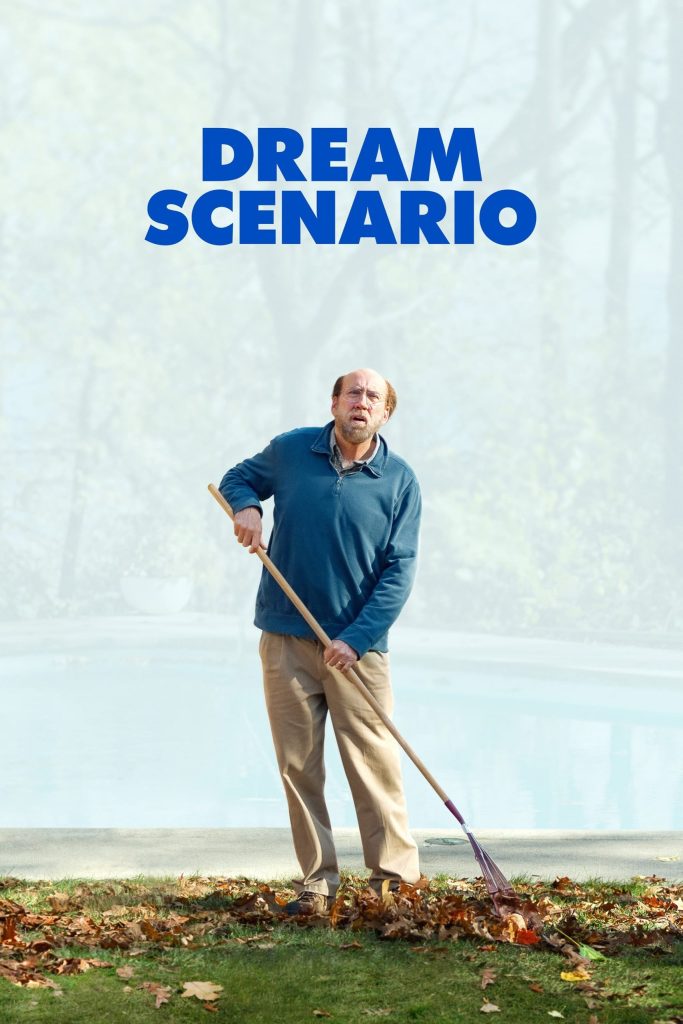
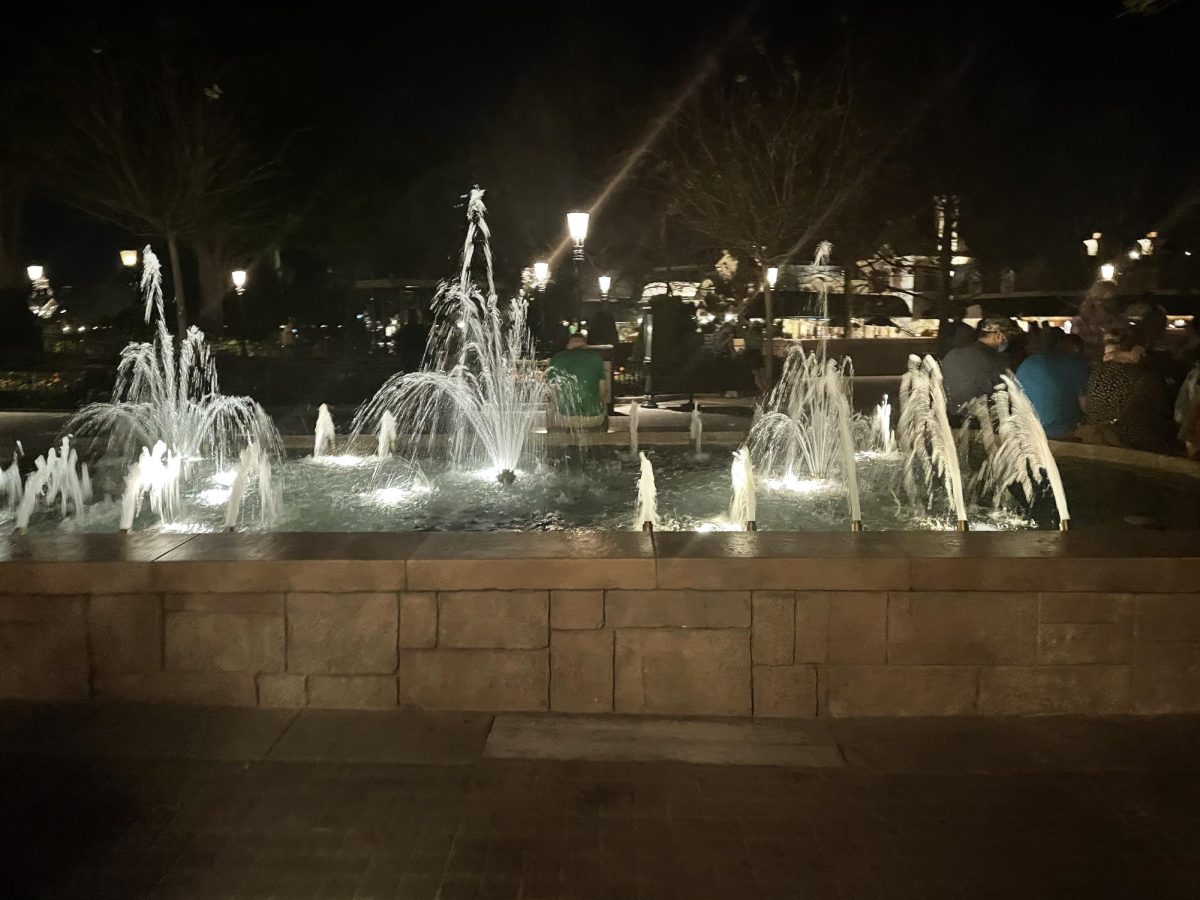

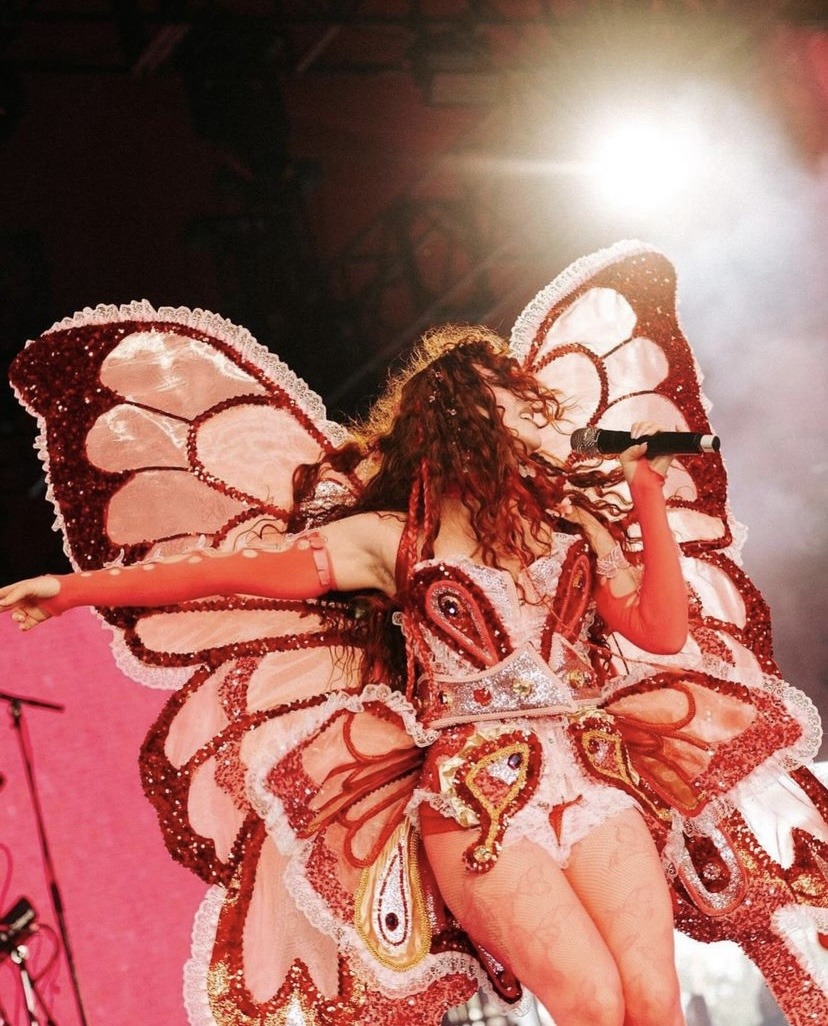
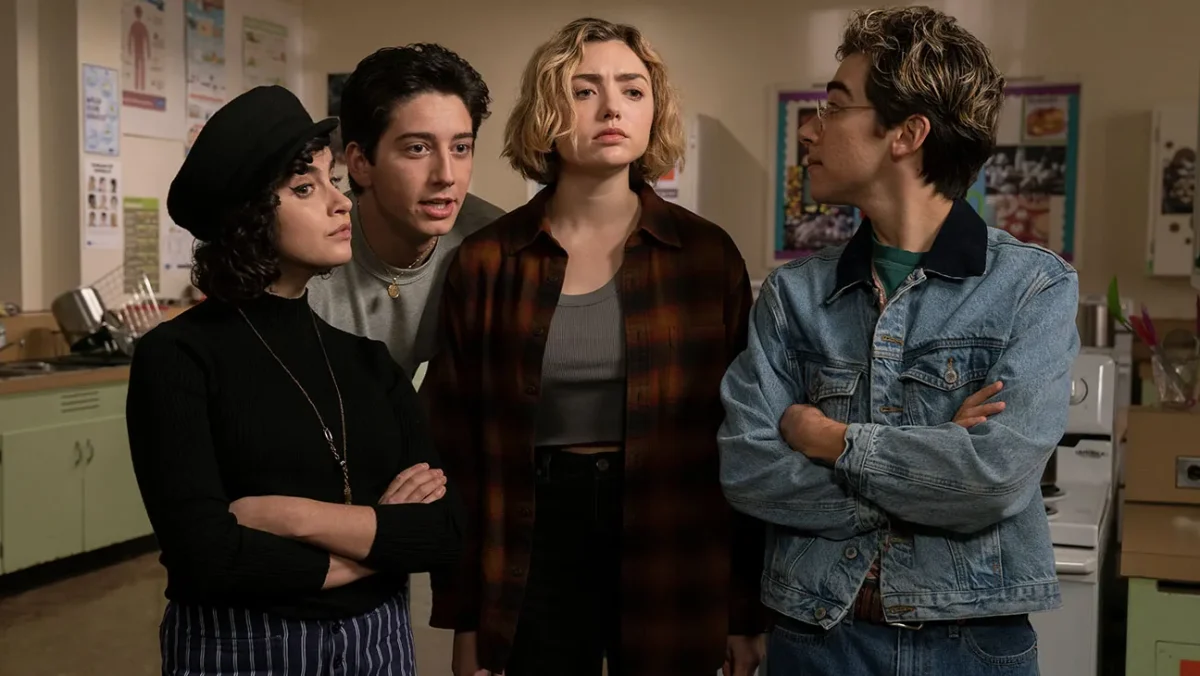

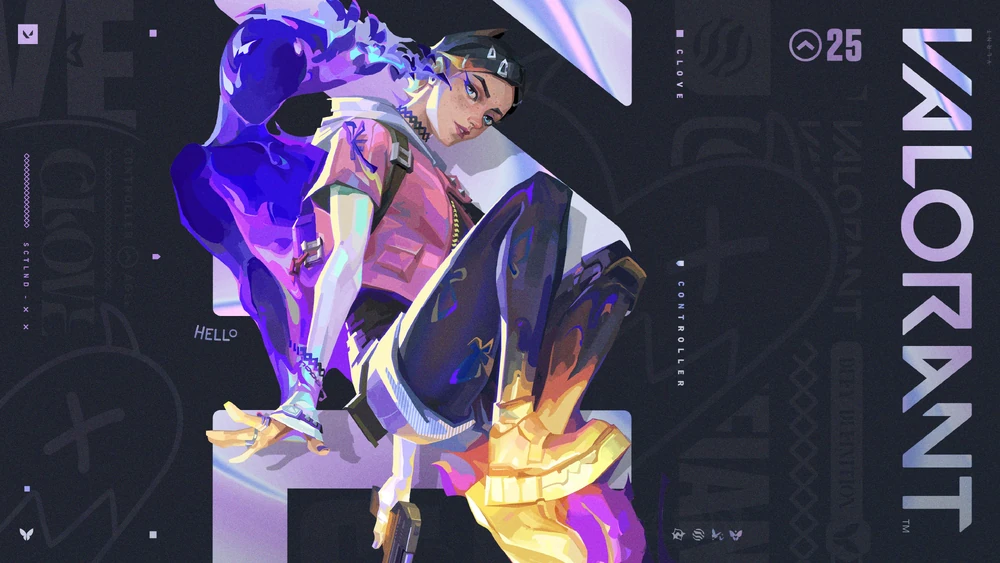

































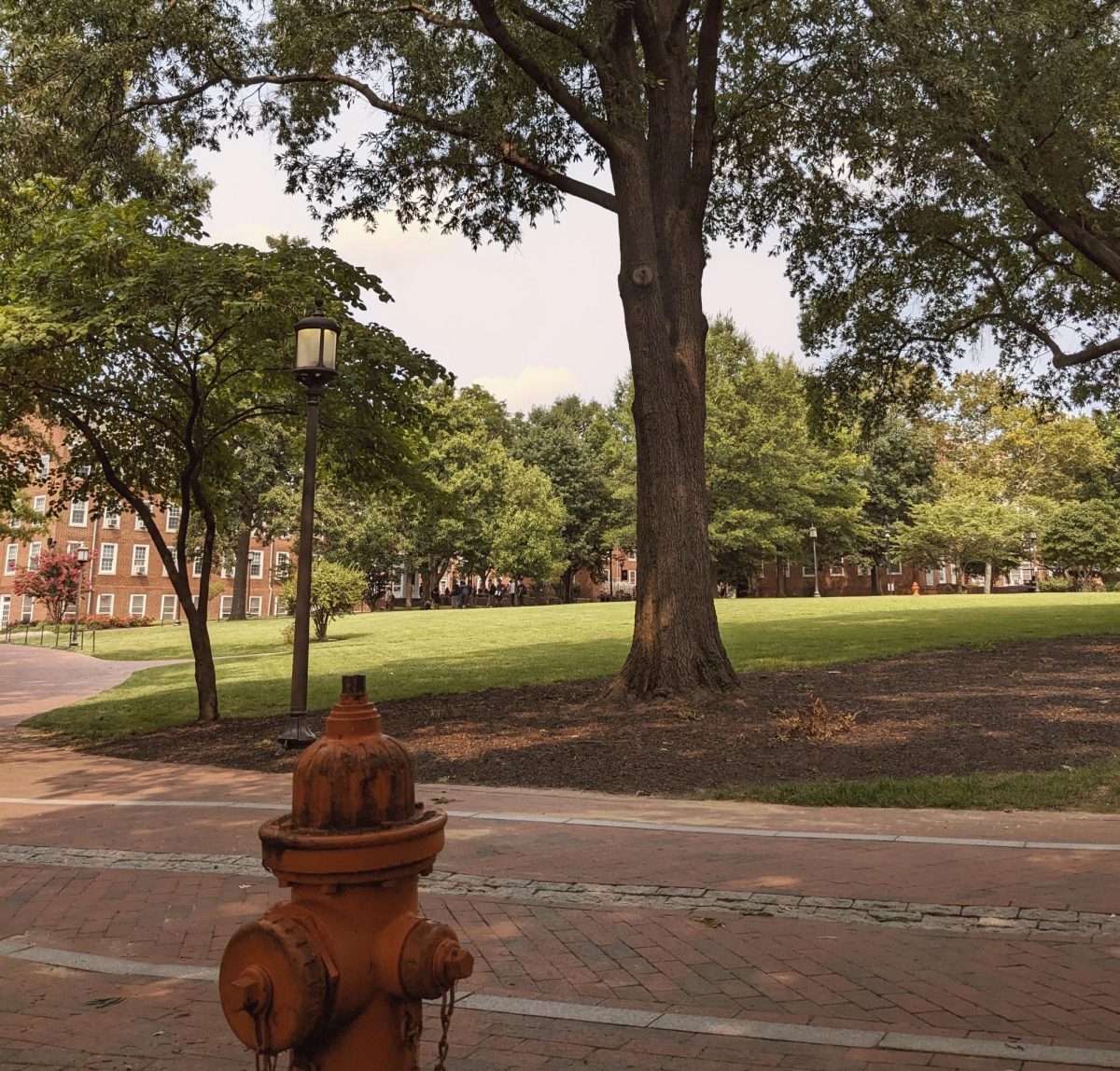
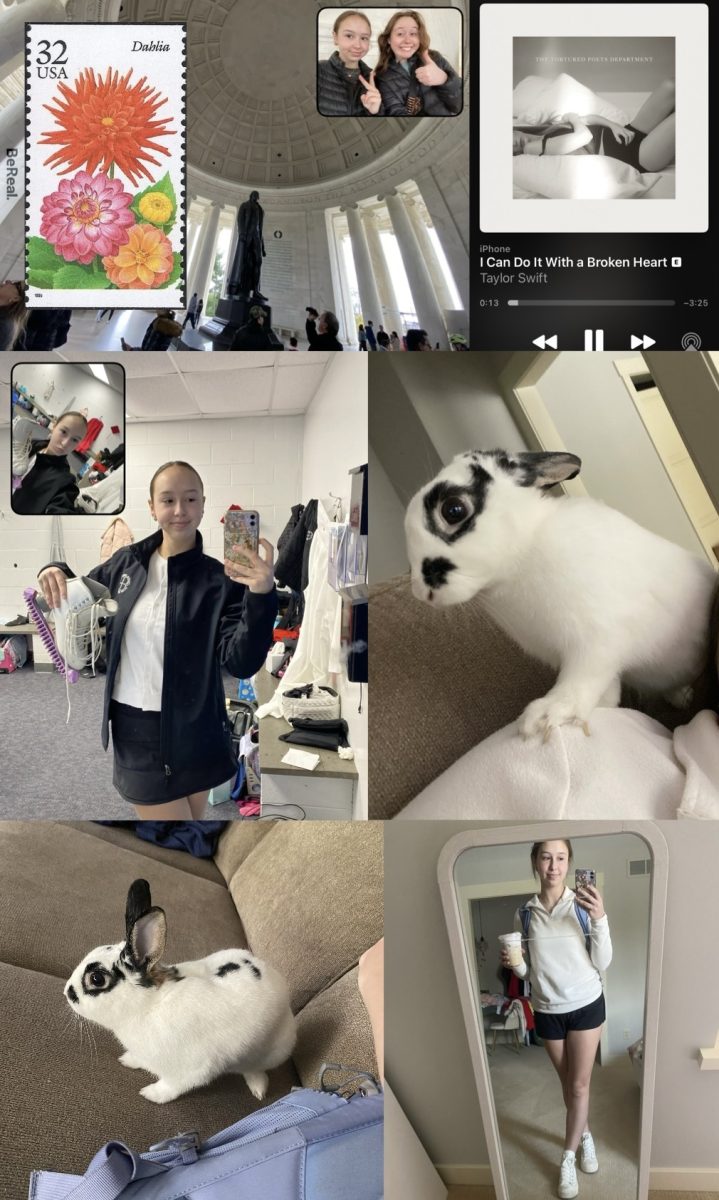
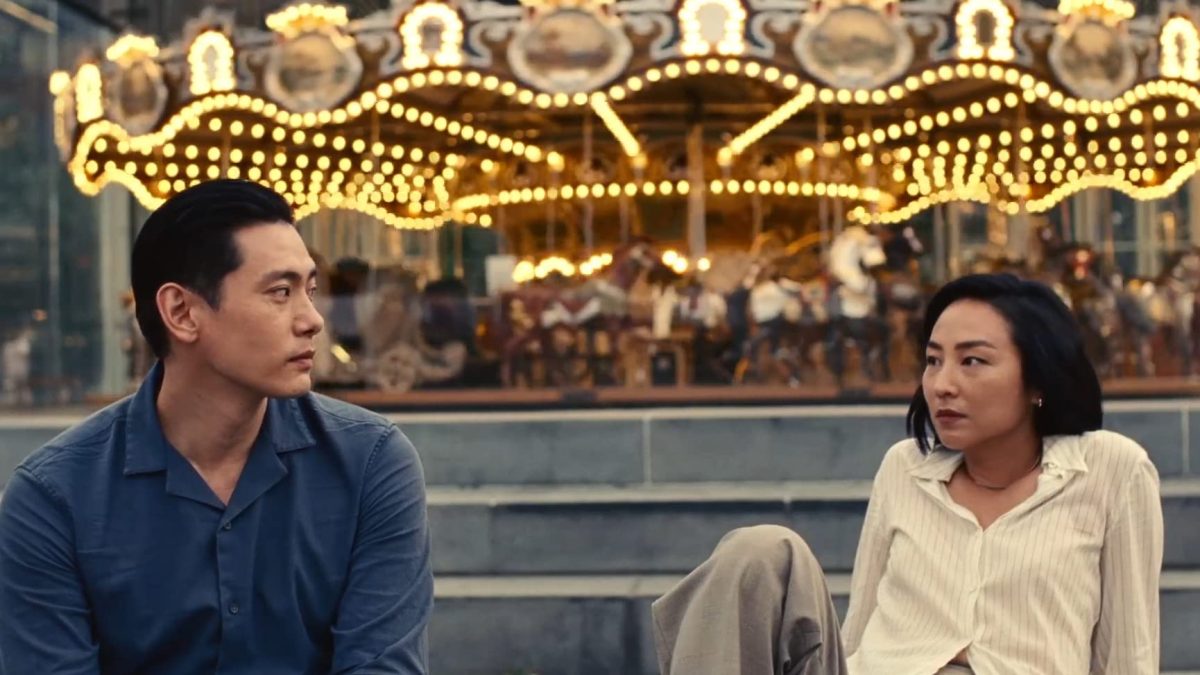










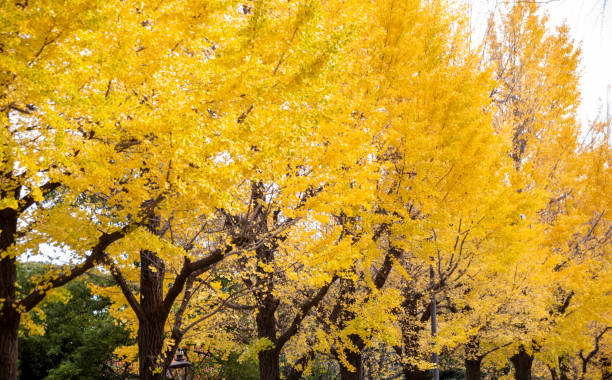




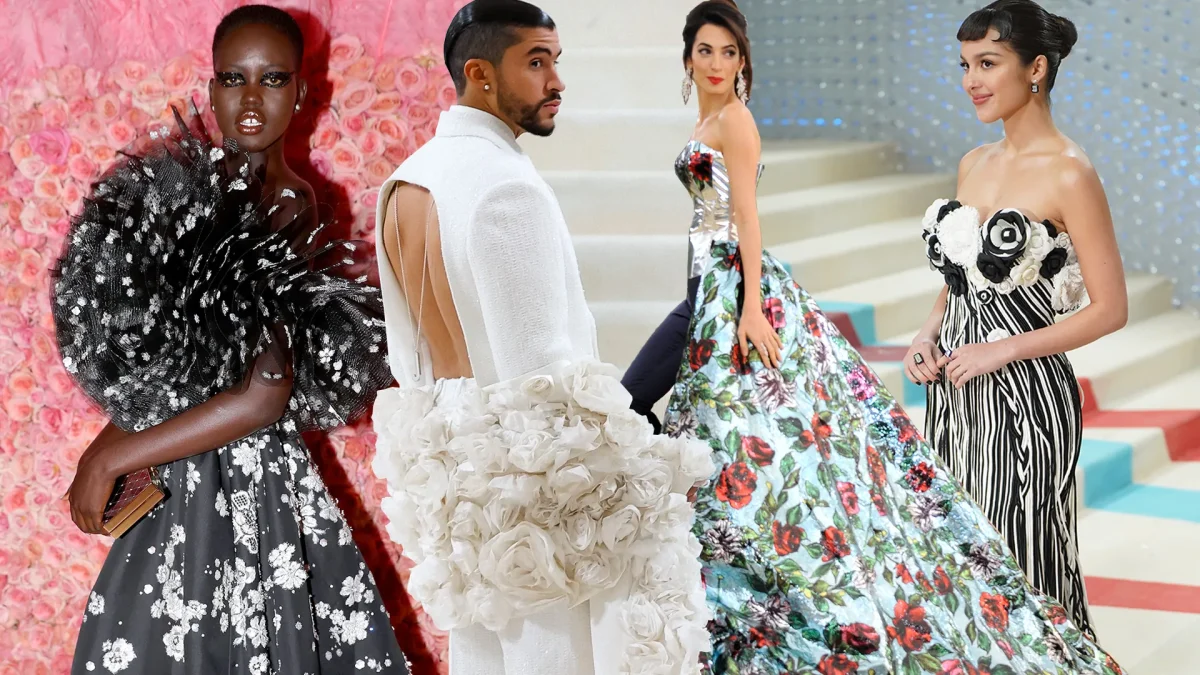
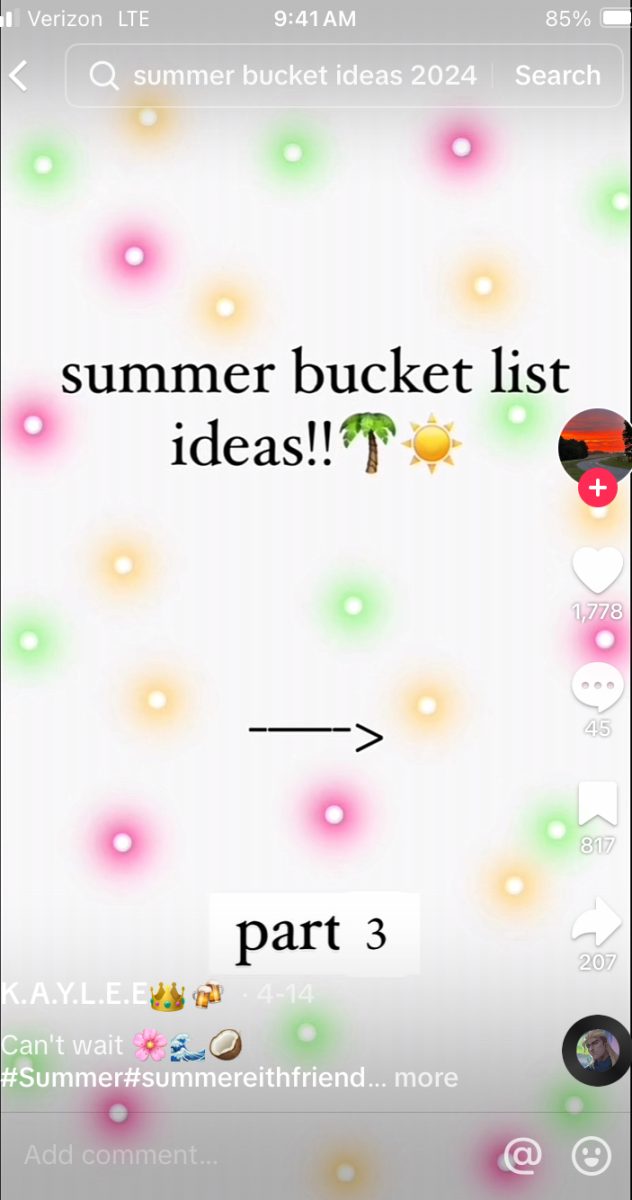
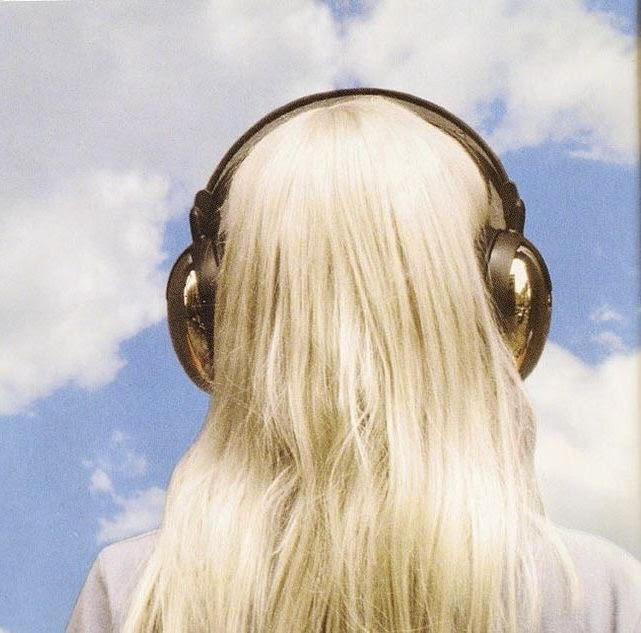





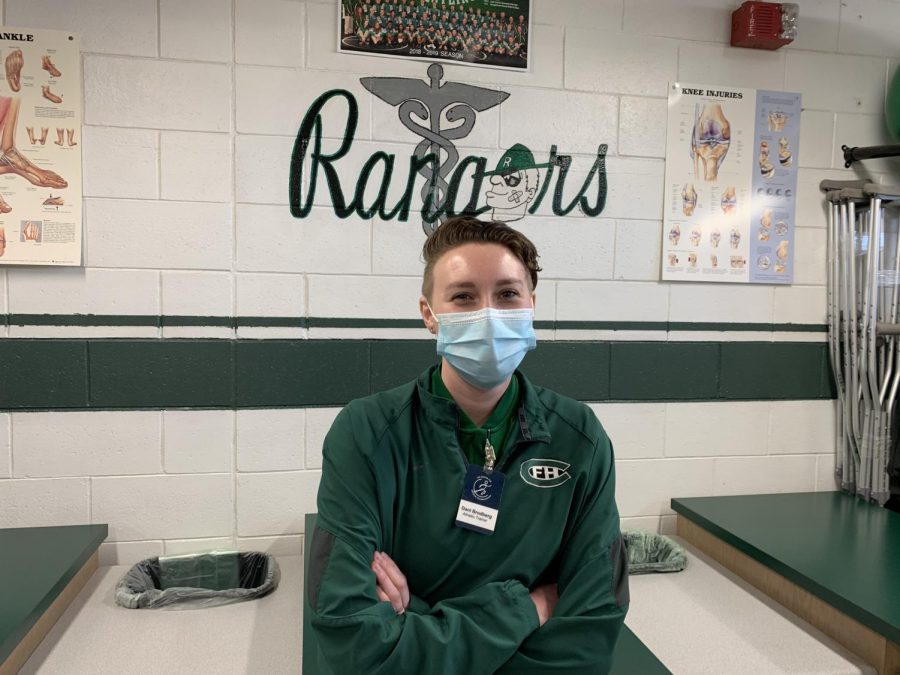
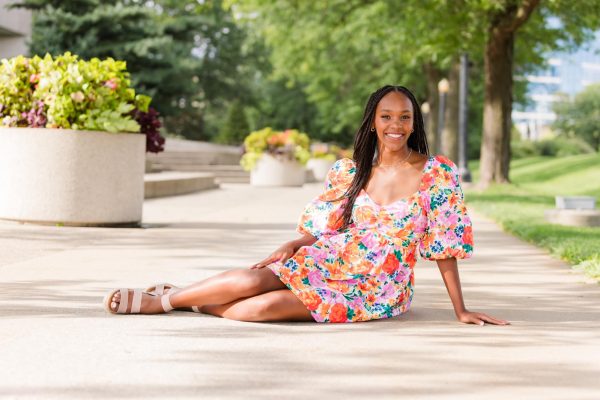
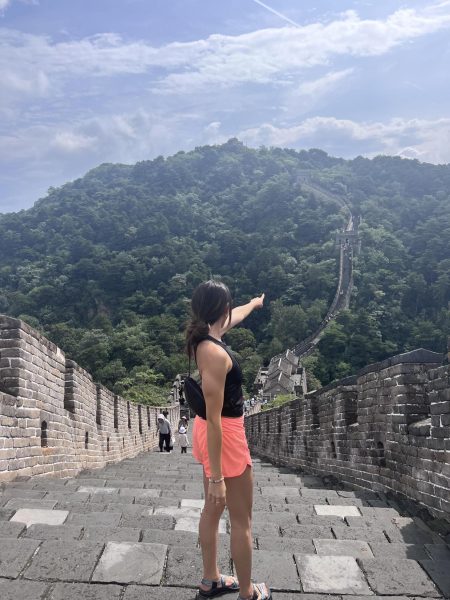
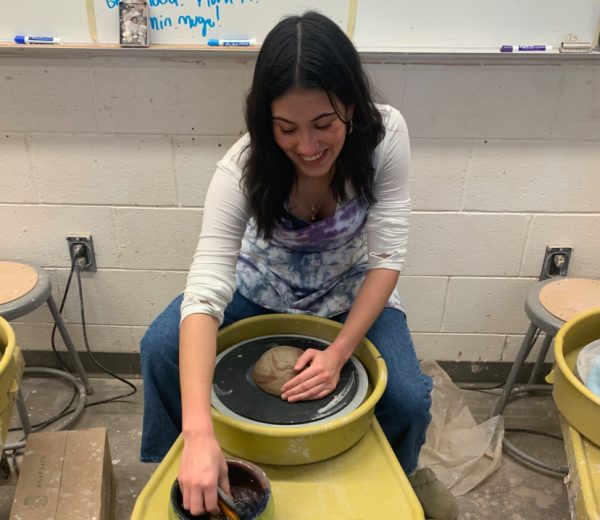
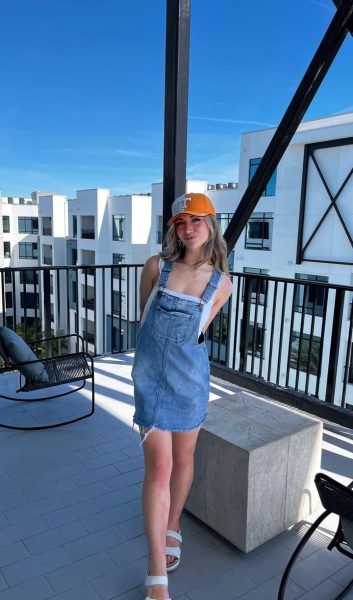
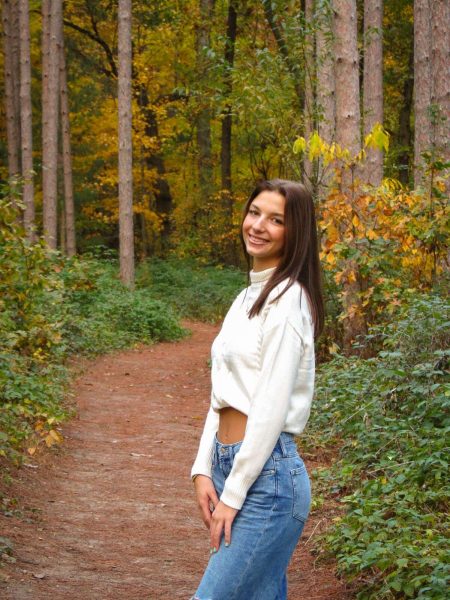
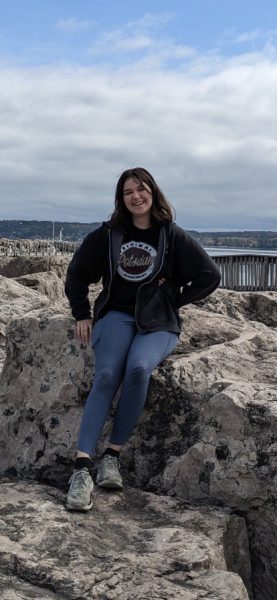
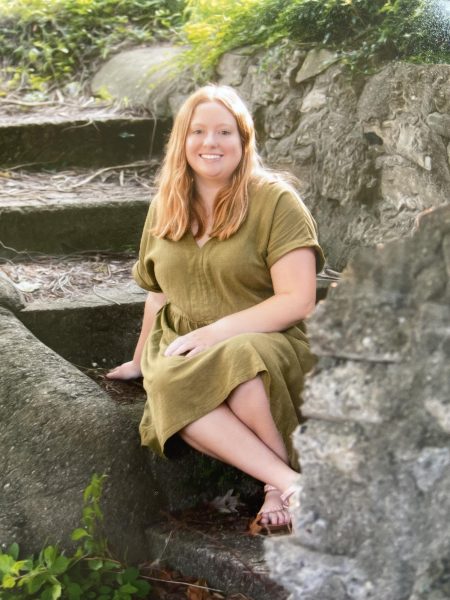
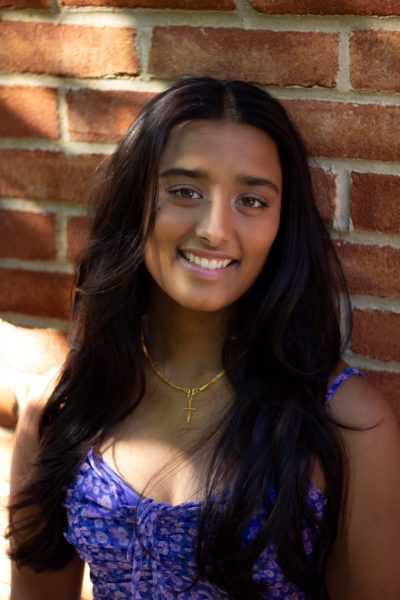

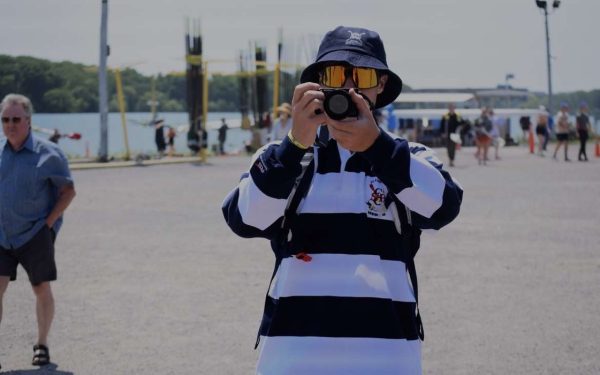
Kelly Ballou • Mar 11, 2021 at 12:27 pm
Thanks Dani for being a great trainer to the kids but also the voice of calm for us parents, especially when they realize their kids’s leg is broken! You are great!